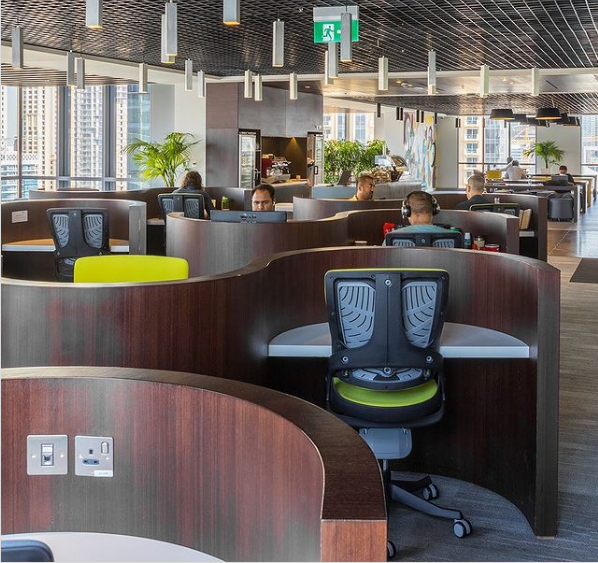Co-working has been a regular part of life for freelance work, working remotely, or managing startup businesses. However, this concept of co-working has evolved so much ever since it began in 2005. Nowadays, many workers work from an office that doesn’t belong to their employer or organization due to co-working.
Many co-working experts believe this setup boosts employee productivity and morale than traditional workspaces or business offices for different reasons. This article has a simple breakdown of how co-working spaces have evolved over the years and what’s trending in 2021.
A brief breakdown of the evolution of co-working spaces
- 1995 – Hackerspace is considered the foundation of co-working. The hackerspace is a not-for-profit, community-operated workspace where people with common interests can meet, socialize and collaborate. This workspace was initially very popular among people with common interests in computers, machining, technology, science, digital art, or electronic art. The core purpose of hackerspace was to share tools and knowledge.
- 2005 – In august 2005, the first-ever official co-working space in the world was opened by Brad Neuberg. It was opened by offering the flexibility of working independently with the structure of an actual workplace. Initially, this co-working space didn’t receive much interest. However, with continuous outreach to business people, freelancers, and startups, it soon became a popular concept for workspace solutions.
- 2007 – With the growing popularity of co-working spaces, in 2007, the word “Co-working” started to trend in the Google search engine.
- 2016 – By 2016, apart from the mainstream crowd of freelancers and startups, larger companies like HSBC started taking co-working options more seriously. Around this year, Microsoft and IBM also took initiatives in allowing their employees to work from flexible co-working spaces. And By 2017, there were over 1 million co-workers worldwide.
Co-working trends in 2021
In 2021, the concept of co-working has evolved, where the number of co-working spaces is projected to reach over 40,000 in 2024. It’s also believed that the rise of “Side hustle”, “Freelancing”, and “Remote work” is driving the possibility of co-working spaces to pop up more and more in urban and suburban areas in the coming years.
Apart from this, in 2021, the co-working trends are moving and focusing on the following:
- The demand for co-working space is shifting to large corporate customers rather than its original clientele of freelancers and startups. Big companies are continuously becoming aware of the cost-effective and productive features of co-working spaces.
- The co-working sector is focusing more on the location, design, and interior aspects of their workspaces. They are also equally focusing on the architectural principles and wellness amenities that can enhance positive vibes and creativity among workers.
- Some co-working space providers are becoming dedicated to a specific niche or group of workers. For example, co-working spaces for parents, female-only co-working spaces, co-working kitchens, and rural co-working spaces. Not to mention some co-working spaces are also offering nurseries for working mothers.
At myOffice Business Centre in Dubai, we are dedicated to providing workspace solutions for all emerging business needs. We offer prestigiously located business centres, serviced offices, co-working spaces, meeting rooms for rent, and even services assisting company formation and phone and email management. We provide a state-of-the-art co-working environment with individual workspaces of various sizes that are tailor-made on monthly and yearly rental packages.

Leave a Reply